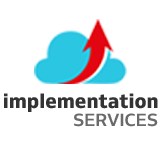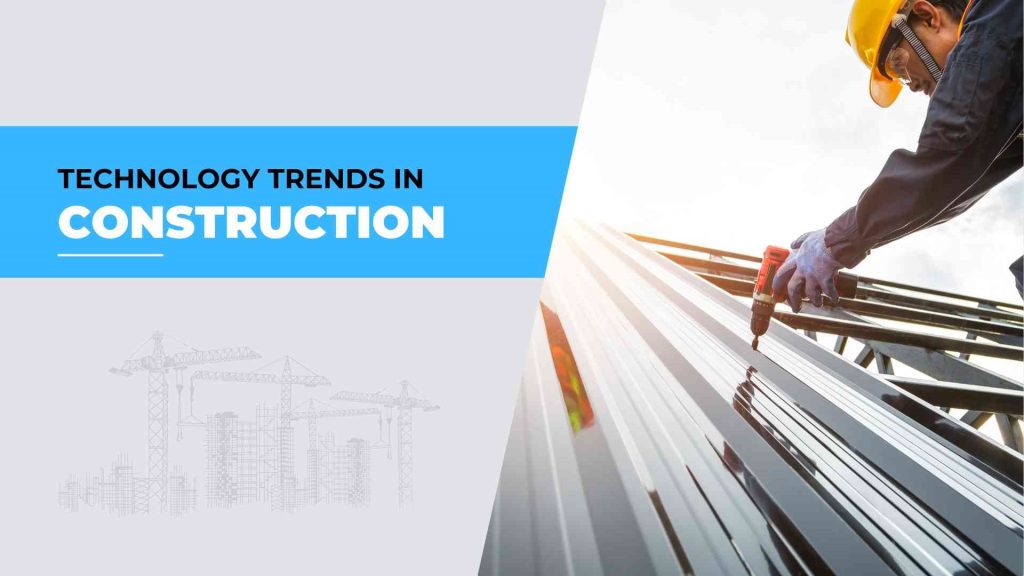The construction industry, long characterized by its traditional brick-and-mortar approach, is undergoing a significant transformation driven by technological advancements. These changes enhance efficiency and safety and revolutionize how buildings are conceptualized, designed, and constructed. This article will explore why the traditional brick-and-mortar industry is reshaping and delve into seven top trends influencing the construction technology landscape.
The Need for Efficiency and Sustainability
As the global population increases and urbanization boosts, there is an increasing demand for efficient construction methods that minimize environmental impact. Traditional construction practices are often associated with resource wastage and lengthy project timelines. Construction technology addresses this challenge through modular construction, prefabrication, and advanced materials that reduce waste, energy consumption, and carbon footprint.
Building Information Modeling (BIM)
BIM has transformed the construction process by enabling collaborative and integrated planning. This technology allows architects, engineers, and contractors to create digital 3D models of a building and its components, improving coordination and reducing construction errors. BIM enhances project visualization, stakeholder communication, and overall project efficiency.
Robotics and Automation
The integration of robotics and automation is revolutionizing construction sites. Drones are employed for site surveying, progress monitoring, and safety inspections. Robotic construction equipment, such as brick-laying robots and 3D-printing machines, construct structures with unparalleled precision and speed. Automation accelerates construction and reduces the need for human involvement in hazardous tasks.
Augmented Reality (AR) and Virtual Reality (VR)
AR and VR technologies are transforming the way construction experts envision projects. Architects and designers can use AR and VR to create immersive experiences that enable clients to “walk through” virtual buildings before construction begins. It enhances design visualization, identifies potential issues, and allows real-time design modifications, saving time and costs.
Internet of Things (IoT)
The IoT connects construction sites through smart devices and sensors embedded in equipment, materials, and worker attire. This connectivity enables real-time data collection, remote monitoring, and predictive maintenance of machinery. IoT-driven insights optimize resource allocation, streamline operations, and enhance safety conditions on-site.
Sustainable Materials and Green Construction
Incorporating sustainable and eco-friendly materials into construction projects is gaining momentum. Innovations in material science have led to the development of more robust, more durable, and environmentally responsible building components. These materials contribute to greener structures with reduced maintenance needs, from recycled concrete to self-healing bio-concrete.
Artificial Intelligence (AI)
AI is making waves in construction project management, risk assessment, and decision-making. Predictive analytics help stakeholders foresee project delays and budget overruns, enabling proactive solutions. AI algorithms also assist in optimizing construction schedules, resource allocation, and supply chain management, leading to more efficient project execution.
The traditional brick-and-mortar industry is experiencing a seismic shift due to the integration of cutting-edge technologies. These trends are driven by the industry’s need for efficiency, sustainability, and enhanced project outcomes. From BIM and robotics to AR/VR and AI, each trend contributes to a more streamlined, collaborative, and innovative construction process. Embracing these trends will reshape the industry and pave the way for a more sustainable and interconnected built environment.
Letting Acumatica Help
In the ever-evolving landscape of the construction business, implementing Acumatica ERP for the construction Industry emerges as a transformative force. The intricate web of operations, resources, and stakeholders within construction projects can often lead to inefficiencies and complexities. However, ERP implementation has the potential to revolutionize the way construction projects are planned, executed, and managed.
Acumatica ERP for the construction Business enhances collaboration by centralizing data, streamlining communication, optimizing resource allocation, providing real-time insights, reducing delays, controlling costs, and improving project outcomes. As construction enterprises embrace ERP solutions, they position themselves at the forefront of industry progress, fostering a culture of efficiency, transparency, and innovation essential for sustained success in today’s competitive environment.
Read our related blogs on the construction industry: Emerging Trends in the Construction Industry, Navigating the Challenges of Industrial Construction.

Vijay comes with a vast experience in ERP and enterprise solutions space with about 20 years of experience in various packaged application like Acumatica, SAP, Orion, Salesforce.com, SugarCRM and, SalesLogix.
















